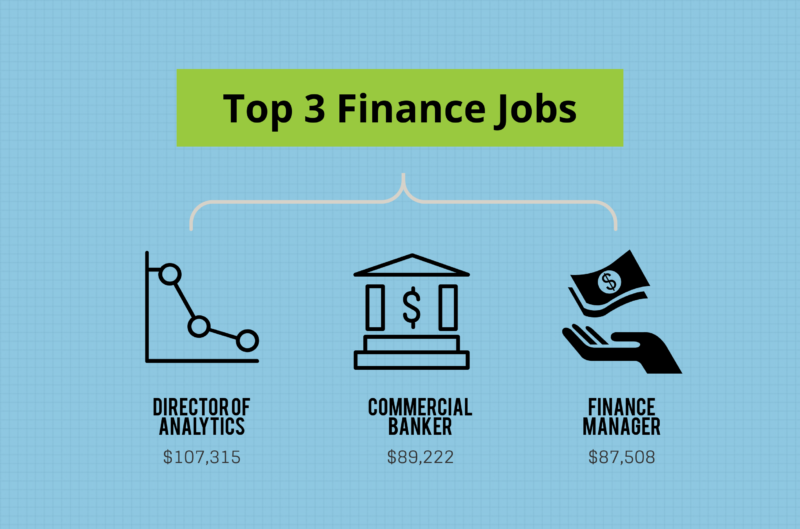Table of ContentsWhat Does How To Find The Beta For A Bond Finance Mean?Not known Incorrect Statements About What Is Position Bond Finance
Those who issue bonds can afford to pay lower rates of interest and still offer all the bonds they need. The secondary market will bid up the cost of bonds beyond their stated value. The interest payment is now a lower percentage of the initial rate paid. The outcome? A lower return on the investment, for this reason a lower yield.
Bond financiers pick amongst all the various types of bonds. They compare the danger versus reward provided by interest rates. Lower rate of interest on bonds imply lower costs for things you purchase on credit. That includes loans for cars, business expansion, or education. Most important, bonds affect home mortgage interest rates.

When you buy bonds, you lend your cash to a company that requires capital. The bond issuer is the borrower/debtor. You, as the bond holder, are the financial institution. When the bond develops, the issuer pays the holder back the initial amount borrowed, called the principal. The issuer likewise pays routine set interest payments made under an agreed-upon time duration.
Bonds as investments are: Less dangerous than stocks (what is a bond pread finance). So, these offer less return (yield) on financial investment. Make certain these are backed by good S&P credit rankings. Enabled to be traded for a greater price. The very best time to take out a loan is when bond rates are low, given that bond and loan rates go up and down together.
Bonds are financial obligation and are provided for a duration of more than one year. The US federal government, city governments, water districts, companies and numerous other types of institutions offer bonds. what is the term of a bond in finance. When an investor buys bonds, she or he is providing money. The seller of the bond consents to pay back the principal quantity https://www.openlearning.com/u/renea-qfoc18/blog/UnknownFactsAboutWhatIsAGtBondFinance/ of the loan at a defined time.
7 Easy Facts About What Is A Gt Bond (Finance) Described
A security representing the debt of the company or federal government issuing it. When a business or federal government issues a bond, it obtains money from the bondholders; it then uses the cash to invest in its operations. In exchange, the bondholder gets the principal quantity back on a maturity date stated in the indenture, which is the arrangement governing a bond's terms.
Normally speaking, a bond is tradable though some, such as cost savings bonds, are not. The rates of interest on Treasury securities are thought about a criteria for rate of interest on other debt in the United States. The higher the interest rate on a bond is, the more risky it is likely to be - how to find a specific bond in yahoo finance.
The most standard department is the one between business bonds, which are released by private companies, and government bonds such as Treasuries or community bonds. Other typical types consist of callable bonds, which permit the provider to repay the principal prior to maturity, depriving the bondholder of future vouchers, and drifting rate notes, which bring a rate of interest that changes from time to time according to some criteria.
A long-lasting promissory note. Bonds vary commonly in maturity, security, and kind of provider, although many are sold in $1,000 denominations or, if a community bond, $5,000 denominations. 2. A written obligation that makes an individual or an organization responsible for the actions of another. Bonds are debt securities issued by corporations and federal governments.
The company also promises to pay back the loan principal at maturity, on time and in full. Due to the fact that the majority of bonds pay interest regularly, they are also described as fixed-income investments. While the term bond is used generically to explain all is wesley financial group legitimate financial obligation securities, bonds are particularly long-lasting investments, with maturities longer than ten years.